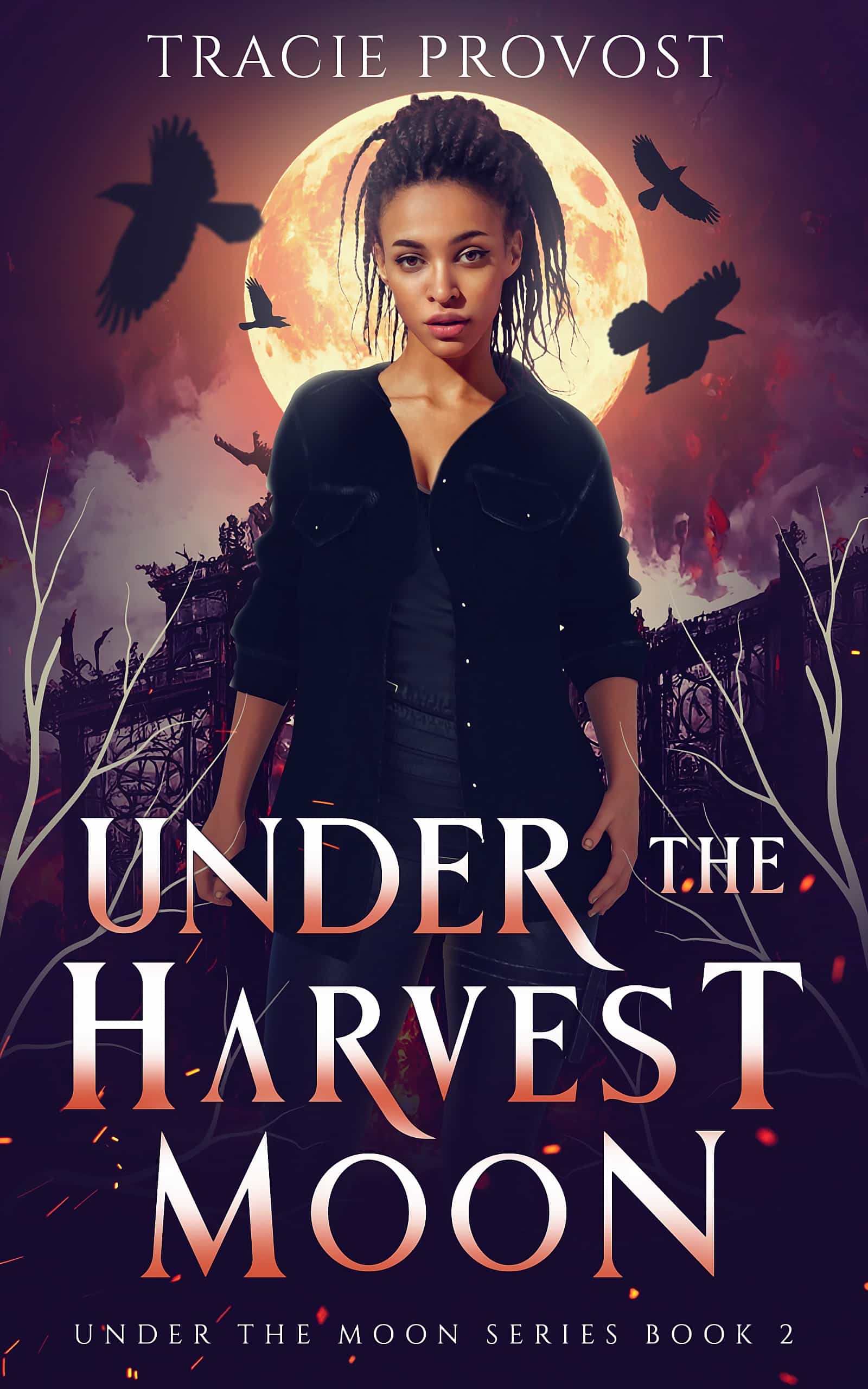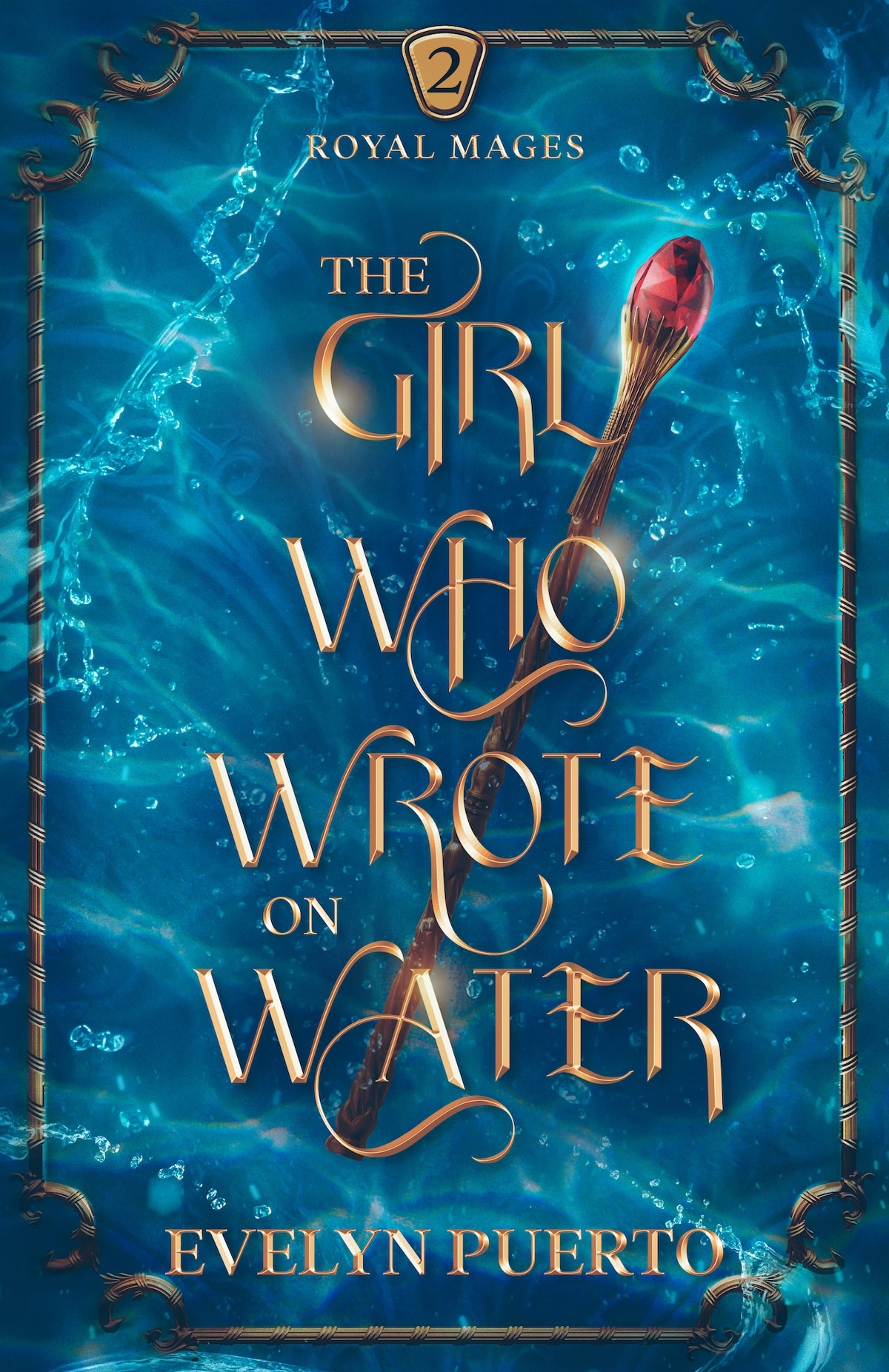Sometimes, when I’m having a terrible, horrible, no good, really bad day, I’ll look up from the blank word document on the computer screen in front of me, glance over at the neat, colorful row of Harry Potter books on the shelf, and collapse into a black hole of despair over the fact that I’m not J.K. Rowling.
This is not healthy behavior, I know.


